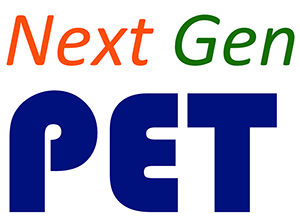Research Based
The development of Next Gen PET and its predecessor curricula was guided by five design principles based on research on learning. The following table shows how the design principles are put into action in Next Gen PET .
| Design Principles | Studio-style class (SC) | Lecture-style class (LC) |
|---|---|---|
| 1. Learning builds on prior knowledge. | Questions within activities are designed to elicit and build on students’ initial ideas. | Similar to SC. |
| 2. Learning is a complex process. | Big ideas/science practices developed within & across units. A variety of question types guide students’ thinking. Extensions (HW) are computer-based tutorials that include online quizzes. | Similar to SC, except students do not write their own explanations; instead they evaluate carefully crafted explanations for accuracy. Extensions are the same as SC |
| 3. Learning is facilitated through interaction with tools. | Students use hands-on materials, data acquisition tools and simulations, and answer questions on activity sheets. | Students watch videos of experiments, demos and simulations, answer questions with ‘clickers’ and on lesson sheets. |
| 4. Learning is facilitated through interactions with others | Students engage in small group and whole class discussions. | Students discuss thinking with neighbors, limited sharing with whole class. |
| 5. Learning is facilitated through establishment of certain specific behavioral practices and expectations. | Written prompts/instructor comments support expectations of providing evidence, active participation, and responsibility for learning. | Similar to SC except the degree of participation is less and students are expected to reach consensus at end of each lesson. |
To learn more about Next Gen PET 's Flexibility, click here




